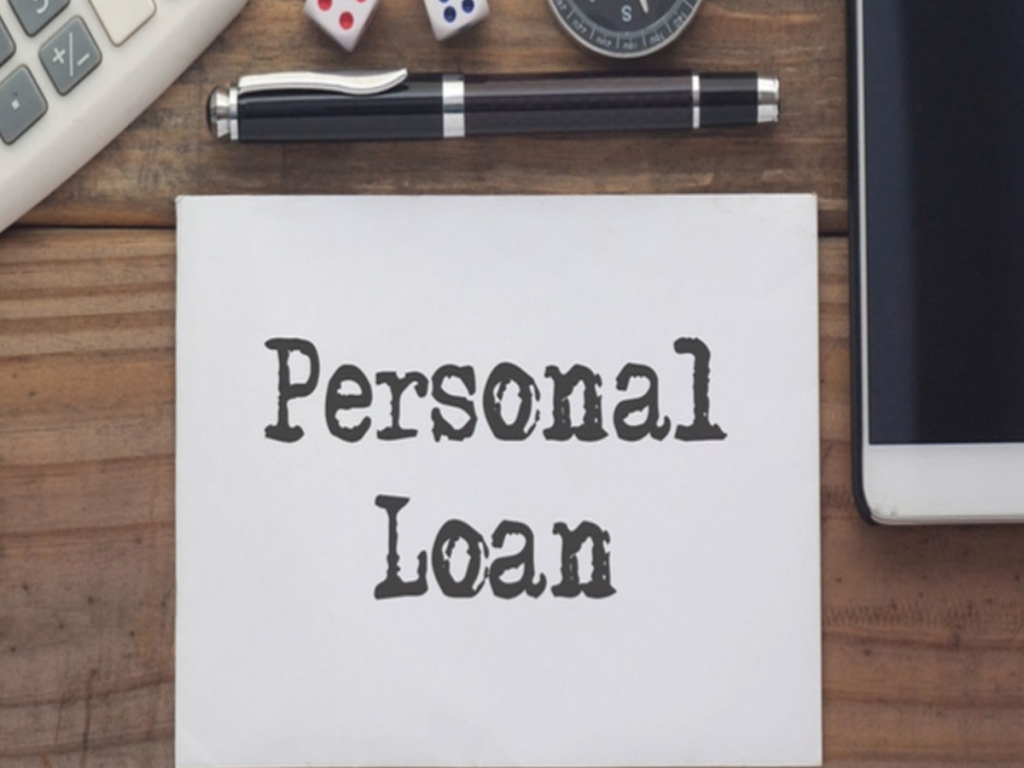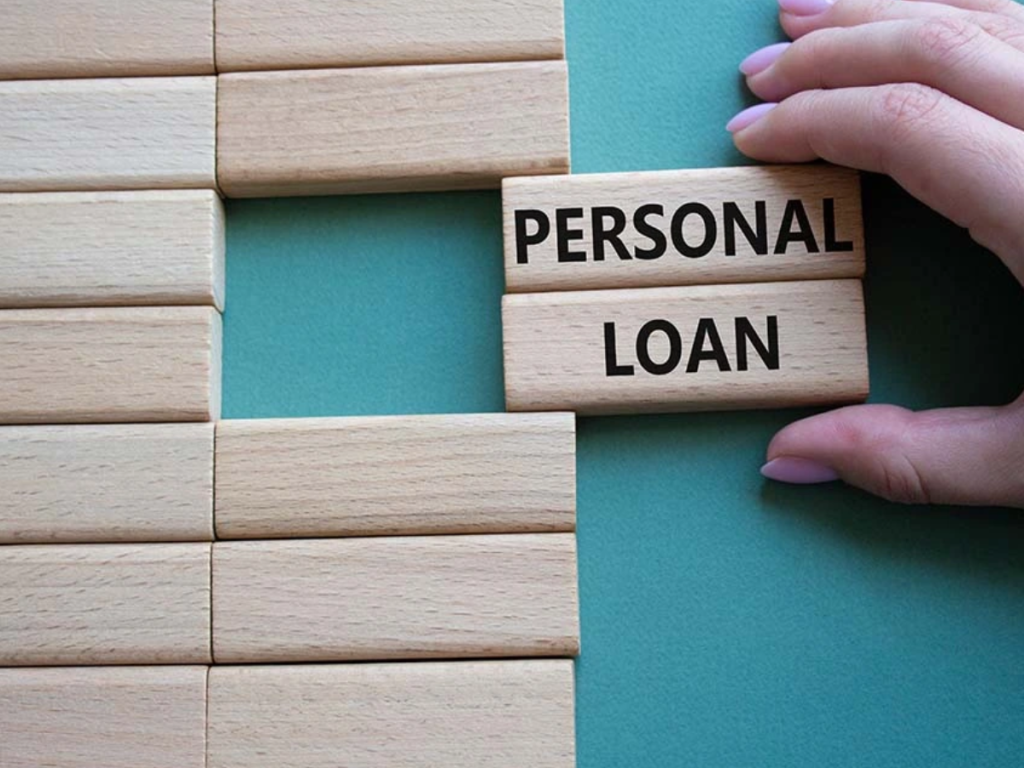Introduction
When faced with a financial emergency, securing a personal loan can be a viable solution. Whether it’s due to medical expenses, car repairs, or sudden job loss, personal loans offer quick access to funds that can help you manage these unforeseen situations. However, applying for a loan during such a stressful time can be overwhelming. It’s essential to approach the application process with caution and thoroughness to ensure you are making the best financial decision for your future. Here are the top tips to consider when applying for a personal loan during a financial emergency.
1. Assess Your Financial Situation
Before applying for a personal loan, the first step is to assess your financial situation. A financial emergency might make you feel rushed, but it’s crucial to take a moment to understand your income, expenses, and overall financial health. Consider how much you owe, what assets you have, and the available cash flow.
This assessment will help you determine how much you need to borrow. It’s tempting to apply for more money than necessary, but it’s essential to stick to the amount that addresses your immediate needs. Borrowing more than required will lead to higher repayment amounts, which can put a strain on your finances in the future.
2. Check Your Credit Score
Your credit score plays a significant role in determining your eligibility for a personal loan. Lenders use this score to gauge your creditworthiness and decide whether to approve your application. A higher credit score usually means better loan terms, such as lower interest rates. On the other hand, a lower credit score may lead to higher interest rates or a denial of your application.
If you haven’t checked your credit score recently, now is the time to do so. Many financial institutions and credit agencies offer free access to your credit score. If your score is low, take steps to improve it before applying for a loan, if possible. Even small improvements, like paying off some existing debt, can make a significant difference in the terms you receive.
3. Shop Around for the Best Loan Terms
Not all personal loans are created equal. Interest rates, fees, repayment terms, and loan amounts can vary significantly from lender to lender. To ensure you are getting the best deal, take the time to shop around. Compare rates from different banks, credit unions, and online lenders.
In addition to the interest rate, pay attention to the loan’s repayment terms. Some lenders offer flexible repayment options, while others may have strict schedules. It’s important to choose a loan that fits your budget and allows you to pay it back comfortably. Be sure to consider other factors, such as origination fees or prepayment penalties, as these can add to the total cost of the loan.
4. Consider Alternative Lenders
Traditional banks and credit unions are not the only options for personal loans. In recent years, online lenders have emerged as a popular alternative, often offering quicker approval times and more flexible terms. Peer-to-peer lending platforms also allow individuals to borrow money directly from other individuals, often at competitive rates.
While these alternative lenders may offer more flexibility and speed in the application process, it’s important to research them carefully. Look for online lenders with strong reputations, transparent fee structures, and positive customer reviews. Ensure that the lender is licensed to operate in your state or country, and always read the fine print before accepting any loan offer.
5. Evaluate Loan Features and Costs
In addition to interest rates, personal loans come with various features and costs. Some of the key factors to evaluate include:
- Interest rates: As mentioned earlier, the interest rate will significantly impact how much you end up paying over the life of the loan. Make sure the rate is competitive and within your budget.
- Fees: Many lenders charge fees, such as origination fees, application fees, or late payment penalties. Be sure to account for these costs when comparing loan options. Some fees are unavoidable, but others may be negotiable or waived.
- Repayment terms: Loan repayment terms can range from a few months to several years. Longer repayment periods often result in lower monthly payments but higher overall costs due to interest. Choose a repayment period that aligns with your financial situation and allows you to pay off the loan without putting too much strain on your budget.
- Flexibility: Some personal loans allow you to defer payments or adjust your repayment schedule in case of financial hardship. While this feature can be beneficial in times of crisis, not all lenders offer it, so be sure to inquire about flexibility when comparing loan options.
6. Understand the Risks of Borrowing
While a personal loan can provide the financial relief you need in an emergency, it’s essential to understand the risks involved. Borrowing money means taking on a financial obligation that will need to be repaid over time. Failing to meet your repayment obligations can result in late fees, a damaged credit score, and even legal action.
Before applying for a loan, consider the long-term impact on your financial health. Can you comfortably afford the monthly payments? Will you be able to repay the loan in full without incurring further debt? If you’re unsure about your ability to repay, it may be better to explore other financial options, such as negotiating with creditors or seeking assistance from a financial counselor.
7. Avoid Borrowing from Payday Lenders
Payday lenders may seem like a quick fix in times of financial distress, but they are often not the best choice for personal loans. These lenders provide short-term, high-interest loans that are typically due by your next paycheck. While the application process is quick and easy, payday loans come with extremely high interest rates, often reaching 400% or more annually.
The short repayment period, coupled with exorbitant interest rates, can quickly trap borrowers in a cycle of debt. If you are considering a payday loan, think carefully about whether you can afford to repay it. In many cases, the best option is to avoid payday loans altogether and instead seek out more affordable alternatives.
8. Be Transparent with the Lender
When applying for a personal loan, honesty is crucial. Lenders will ask for a range of personal and financial information to assess your creditworthiness. Failing to provide accurate or complete information can result in delays, denials, or even legal consequences.
Be upfront about your financial situation and any challenges you are facing. Lenders may be more willing to work with you if you are transparent about your situation. If you are experiencing a temporary financial setback, such as job loss or medical expenses, let the lender know. They may be able to offer more flexible terms or suggest alternative solutions.
9. Have a Clear Plan for Repayment
Before accepting a personal loan offer, it’s essential to have a clear plan for how you will repay the loan. Think about your monthly budget and determine how much you can afford to allocate toward your loan repayment. If possible, create a detailed repayment schedule that accounts for all your debts and financial obligations.
Having a clear repayment plan will help you stay on track and avoid missing payments. It’s also a good idea to set aside an emergency fund or create a contingency plan in case of unexpected financial setbacks. The more prepared you are, the easier it will be to manage your loan and avoid financial strain in the future.
10. Consider Other Financial Solutions
Before committing to a personal loan, it’s important to explore all of your options. In some cases, other financial solutions may be more suitable for your situation. For example:
- Credit card consolidation: If you have multiple credit card debts, consolidating them into a single loan may help you secure a lower interest rate and simplify your payments.
- Negotiating with creditors: If you are struggling with existing debt, contact your creditors to discuss payment deferrals or reduced interest rates. Many creditors are willing to work with borrowers who are experiencing financial hardship.
- Assistance programs: Some government and nonprofit organizations offer emergency financial assistance programs for people in need. Research available programs in your area to see if you qualify for help.
11. Read the Fine Print
Once you have narrowed down your loan options, it’s important to read the fine print. Ensure that you understand all the terms and conditions of the loan, including the interest rate, fees, repayment schedule, and any other charges. Pay close attention to any clauses that may affect your ability to repay the loan, such as prepayment penalties or changes to the interest rate over time.
By fully understanding the terms of your loan, you can avoid unpleasant surprises and make an informed decision. If anything is unclear, don’t hesitate to ask the lender for clarification.
Conclusion
Applying for a personal loan during a financial emergency can provide you with the funds you need to address urgent expenses, but it’s essential to approach the process with caution. By assessing your financial situation, shopping around for the best loan terms, and understanding the risks involved, you can make an informed decision that will help you navigate the emergency without compromising your long-term financial stability. Always prioritize borrowing responsibly, and if in doubt, consider seeking the advice of a financial professional before proceeding.

